Ethiopia is home to a cherished cultural heritage. From the vibrant music and arts to the unique history and folklore, Ethiopia is a treasure trove of cultural gems. In the same manner, traditional Ethiopian clothing is a mark of the country’s distinct heritage and identity. The culture they preserved through the centuries is reflected in the styles and patterns of their attire. Ethiopians take great pride in their traditional clothing. Ethiopians enjoy wearing their traditional clothing to a variety of social events, such as weddings and religious ceremonies, but it is also seen worn in everyday life. It is a way for the people of Ethiopia to honor their heritage and showcase their cultural identity. Although westernization is slowly infiltrating Ethiopia, traditional clothing remains a major part of the country’s identity and is proudly worn. From the iconic white shamma worn by women to the brightly colored traditional outfits worn, Ethiopians take great pride in their diverse range of clothes. In this article, we will be discussing the most popular traditional clothing worn in Ethiopia, as well as the production steps.
The Steps Involved In Making Ethiopian Traditional Clothing
Ethiopian traditional clothes are the result of skilled artisanship and are made with great attention to detail. Before reaching retail shops, these traditional clothes pass through numerous hands and steps. These Ethiopian cultural clothes and fabrics are produced by hand weaving. Hand weaving is a traditional way of producing fabric. It is a labor-intensive, slow process that involves using a loom to interlace two threads or yarns together to form cloth.
The weavers use three kinds of raw materials to produce traditional clothes. The three raw materials used are: dir, mag, and tilet. Dir is a type of hand-woven fabric made from either cotton or wool. Mag is a weft, which is a type of hand-spun cotton thread. Tilet, on the other hand, is a type of fabric that is hand-woven using only cotton threads, typically in a striped pattern. The process of making these materials is quite labor-intensive, taking an experienced weaver many days to complete.
Spinning
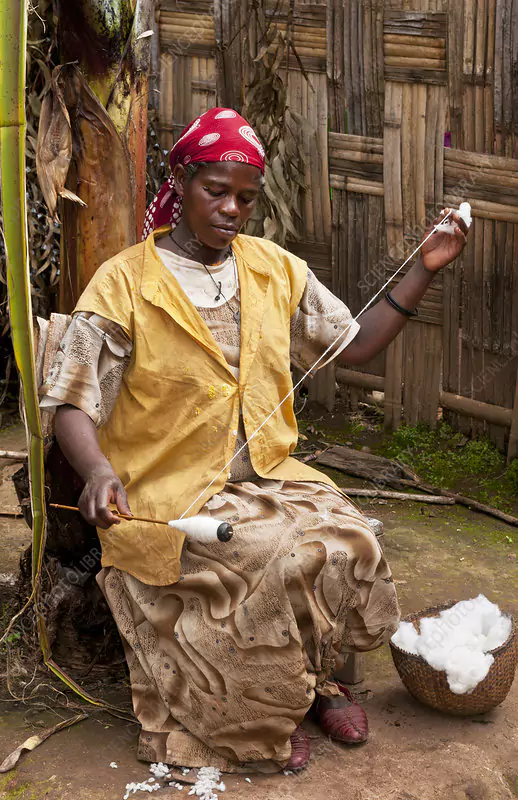
In this process, women twist the so called inzirt, which is the spindle used to spin the weft and warp yarns. This is a very difficult process, as the inzirt must be skillfully spun to create the perfect balance and tension for producing the desired fabric. Prior to spinning, they have to get cotton from the market, carefully clean it, and separate out the fibers to be spun. This thread is then passed to weavers, who are responsible for the actual weaving process.
Weaving
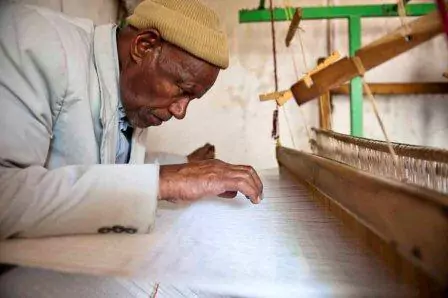
During the weaving process, looms that are either raised or suspended in a pit loom are used to intertwine the warp and weft threads. The intricate patterns are produced on the loom by weavers by stepping on the pedals and throwing the shuttle.
Dyeing
During the dyeing process, weavers use a variety of plant-based and synthetic dyes to impart vibrant colors. They use different kinds of dyes to tint the cotton products.
Embroidery
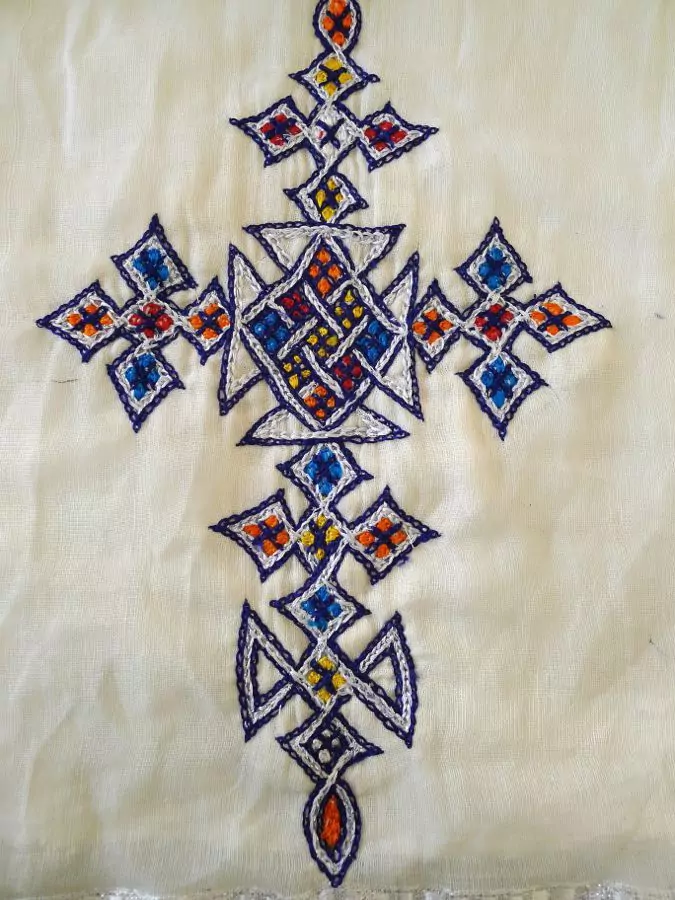
Once the fabric is dyed, it is then embroidered with intricate designs and patterns. Embroidery is often done by hand, using a needle and thread. The designs and patterns used in Ethiopian traditional clothing are often symbolic and represent different cultural and religious beliefs. Embroidery is a time-consuming and intricate process that requires precision and skill. Ethiopian embroidery is known for its vibrant colors and bold patterns that reflect the cultural diversity of the country.
Sewing
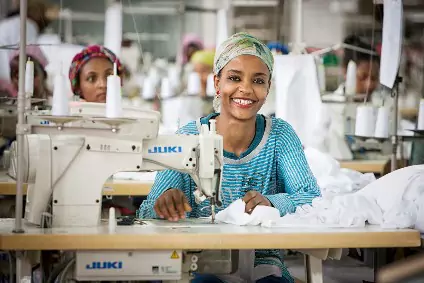
The next step in making traditional clothes in Ethiopia is sewing the fabric into the desired garment. This step requires skilled artistry, particularly for decorative embellishments like intricate embroidery or beading. Many communities in Ethiopia have specialized in certain types of garments or designs, passed down through generations of skilled sewers. The most common traditional garment in Ethiopia is the habesha kemis, which is a long, loose dress that is usually made with cotton fabric.
Finishing
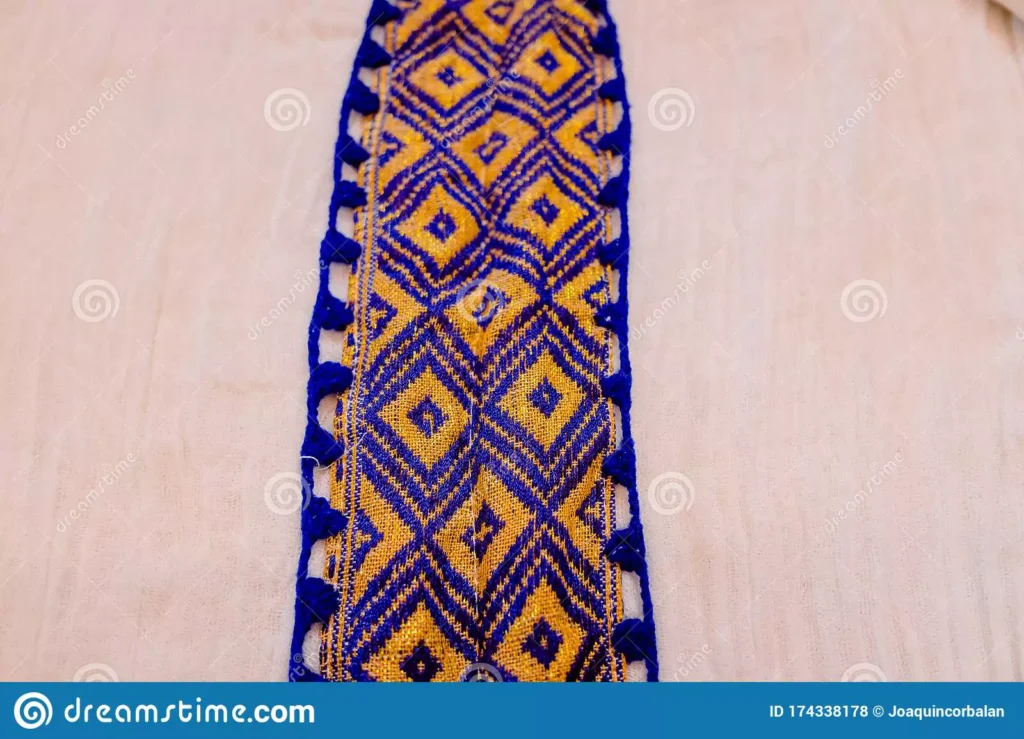
The final step is finishing. It involves inspecting the completed work for any defects and making necessary corrections. Once the work has been inspected and deemed satisfactory, it can be delivered to the customer or client. It may include cutting the ends of the fringes so they are clean, sewing on labels, cutting the edges of the scarves, and others.
Ethiopian Weavers
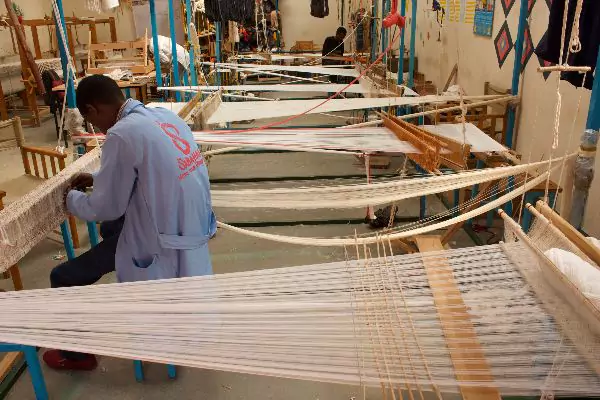
Ethiopian weavers are responsible for the production of some of the most exquisite and vibrant Ethiopian traditional clothes. They have been creating these unique pieces of art for centuries, and their skills have been passed down through generations. Simple looms are used in their homes for production, and most of the products are sold within the nation.
Although weavers are skilled artisans, their labor is often undervalued and uncompensated. They don’t seem to benefit from their hard work, and there is a lack of recognition for their craftsmanship. This is because weavers are more vulnerable to being taken advantage of by middlemen, who stand to gain more because the weaving community lacks direct access to a consumer market. Most of the weavers work in places around Kechene Medhane Alem, Guellele, Shiro Meda, and Addisu Gebeya.
Popular Ethiopian Traditional Clothes
Gabi
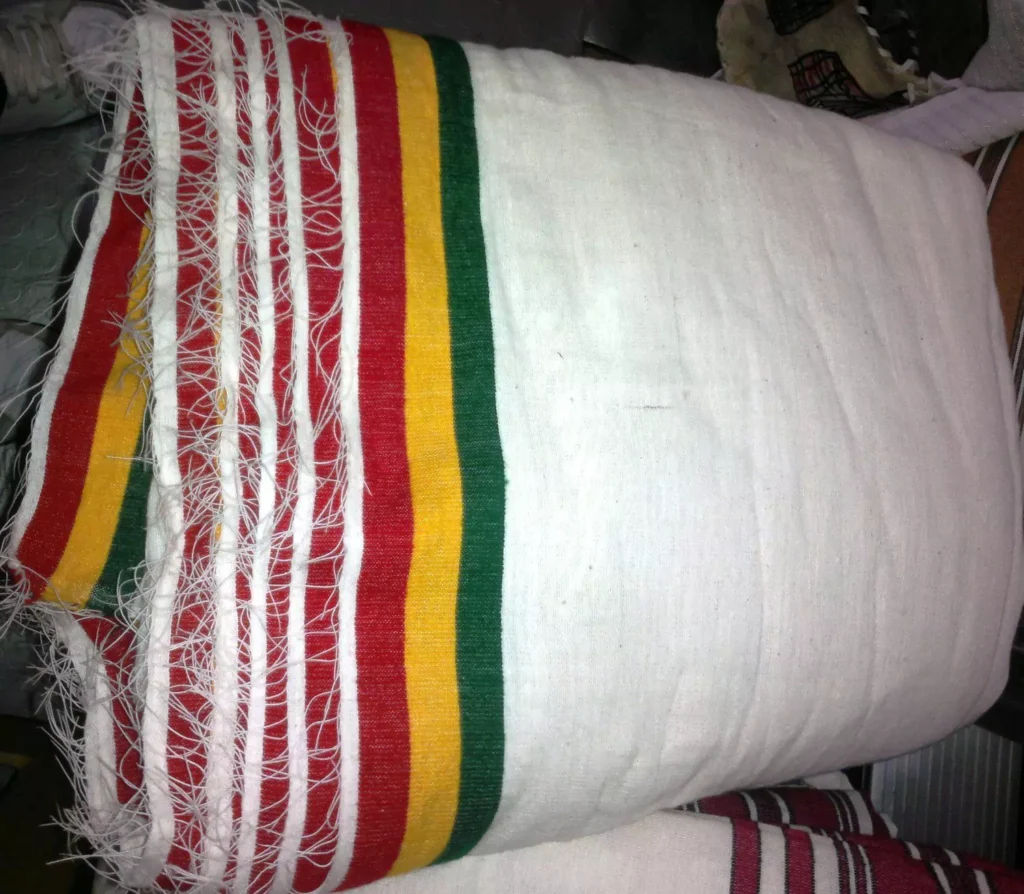
The Gabi is a handmade Ethiopian traditional cloth garment that is typically woven in white cotton with a bold strip of different colors. Gabi is worn by both men and women, draped around the shoulders. Ethiopians wear Gabi to keep themselves warm during cold seasons. It is also used as a symbol of pride and respect and is typically gifted to someone in honor of their accomplishments or to celebrate special occasions.
The Habesha Kemis
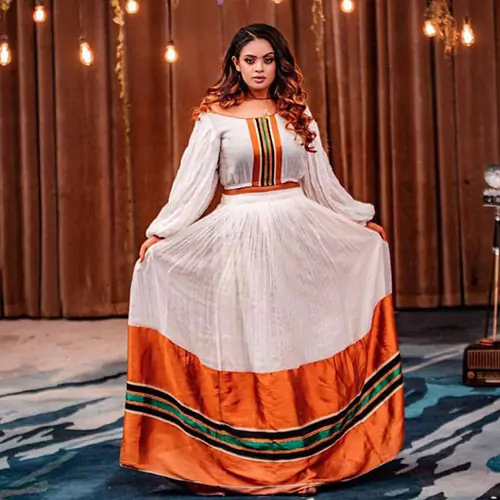
Habesha Kemis is a traditional attire worn by Ethiopian and Eritrean women. It is characterized by a full-length white or gray dress that is often decorated with colorful designs. Habesha Kemis is usually accompanied by a shawl, known as a netela, which is typically made from white fabric that may be decorated with embroidery. Habesh Kemis is made by sewing together long strips of cotton fabric. It is usually worn during special occasions, including weddings, religious festivals, parties, and other happy events.
Netela
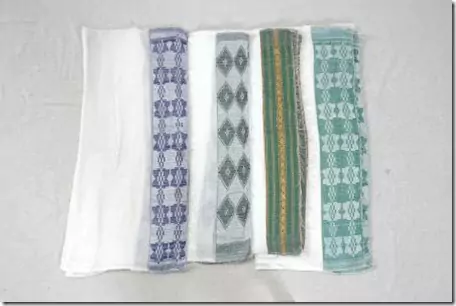
Netela is a traditional Ethiopian garment made from white cotton fabric, usually worn as a shawl over the shoulders. The Netela edge is frequently embellished with lovely fabric patterns in various colors. Ethiopian women wear Netela over their formal dress to add an elegant layer to their outfit. Moreover, Netela is worn on a variety of other occasions, such as at funerals and during visits to churches.
Best Ethiopian Traditional Cloth Designs for Wedding

Wedding ceremonies are a significant event in Ethiopian culture and the perfect occasion to showcase the country’s beautiful traditional cloth designs. The traditional Ethiopian cloth designs used for wedding ceremonies are incredibly beautiful and add a lot to the wedding decor. The intricate patterns and bright colors bring a special touch to the ceremony and make the occasion truly magical. Whether you’re attending a wedding in Ethiopia or looking to add some beautiful traditional cloth designs to your wardrobe, Ethiopian traditional cloth designs have something for everyone.

Wearing exquisite traditional clothing has long been an important part of weddings in Ethiopia. These distinctive patterns are supposedly centuries old. Ethiopian traditional wedding clothing frequently has subtle patterns that suggest a person’s origin or region of residence. Despite the fact that these patterns can vary from tribe to tribe, they all honor Ethiopia’s tradition and culture. The regional traditional wedding clothes share many similarities, such as the use of bright colors, fabrics, and intricate embroidery designs and ornaments. However, some differences between styles across different regions could stand out, particularly when it comes to the cut, silhouette, and overall look of the wedding dress.
Ethiopian Traditional Clothes for Timkat Festival
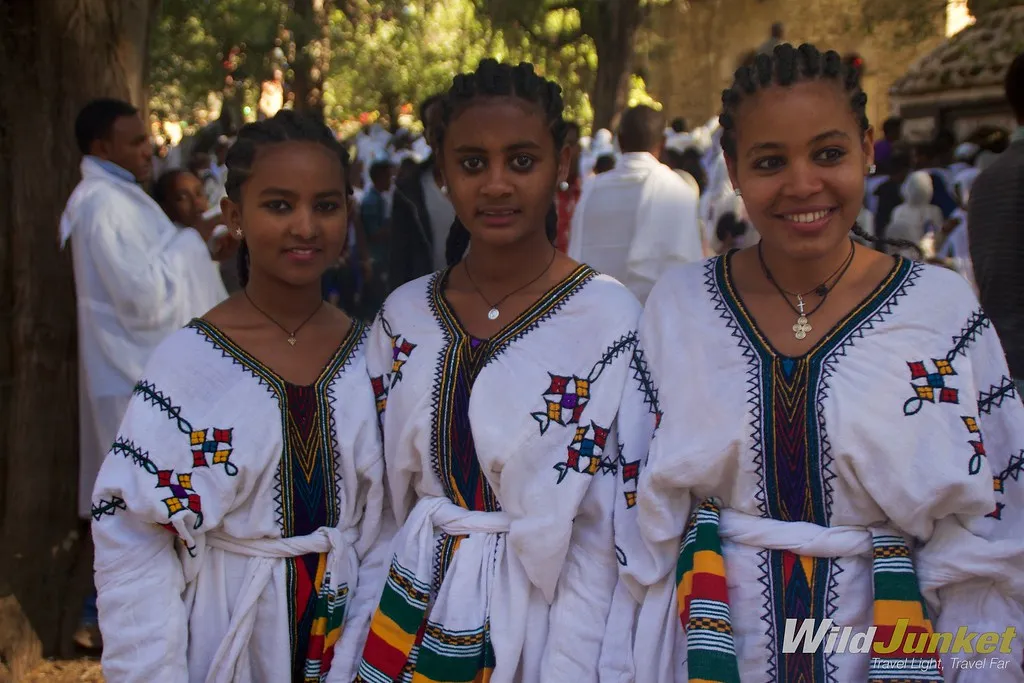
The Ethiopian Timkat festival is an important annual celebration in Ethiopia that commemorates the baptism of Jesus Christ. It is a time of great joy and celebration for the Ethiopian Orthodox Church, where believers dress in traditional clothing and gather together to sing, while priests perform blessing ceremonies with holy water. During this holiday, believers wear different traditional Ethiopian clothing as a sign of respect for the festival.
Women frequently wear traditional white Habesha dresses that cover them from head to toe and come with a cotton scarf on top to cover their hair or simply wear around their shoulders. On the other hand, men can be seen wearing the cultural clothes of their ethnicity or just Habesha clothes in general.
Shops of Ethiopian Traditional Clothes
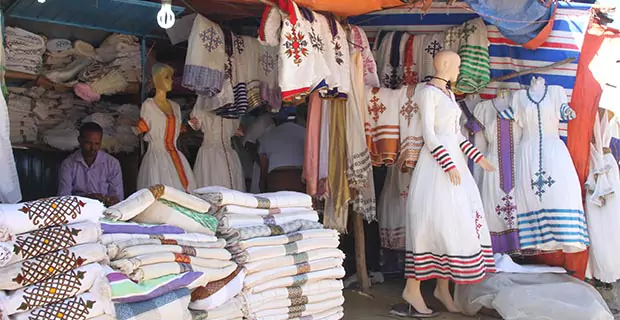
Today, Ethiopians can purchase traditional clothing in both physical stores and online. Most of these shops are located around the Shiro Meda area in Addis Ababa, Ethiopia’s capital city. However, it is not uncommon to find other traditional shops located in different parts of the country.
Related Articles
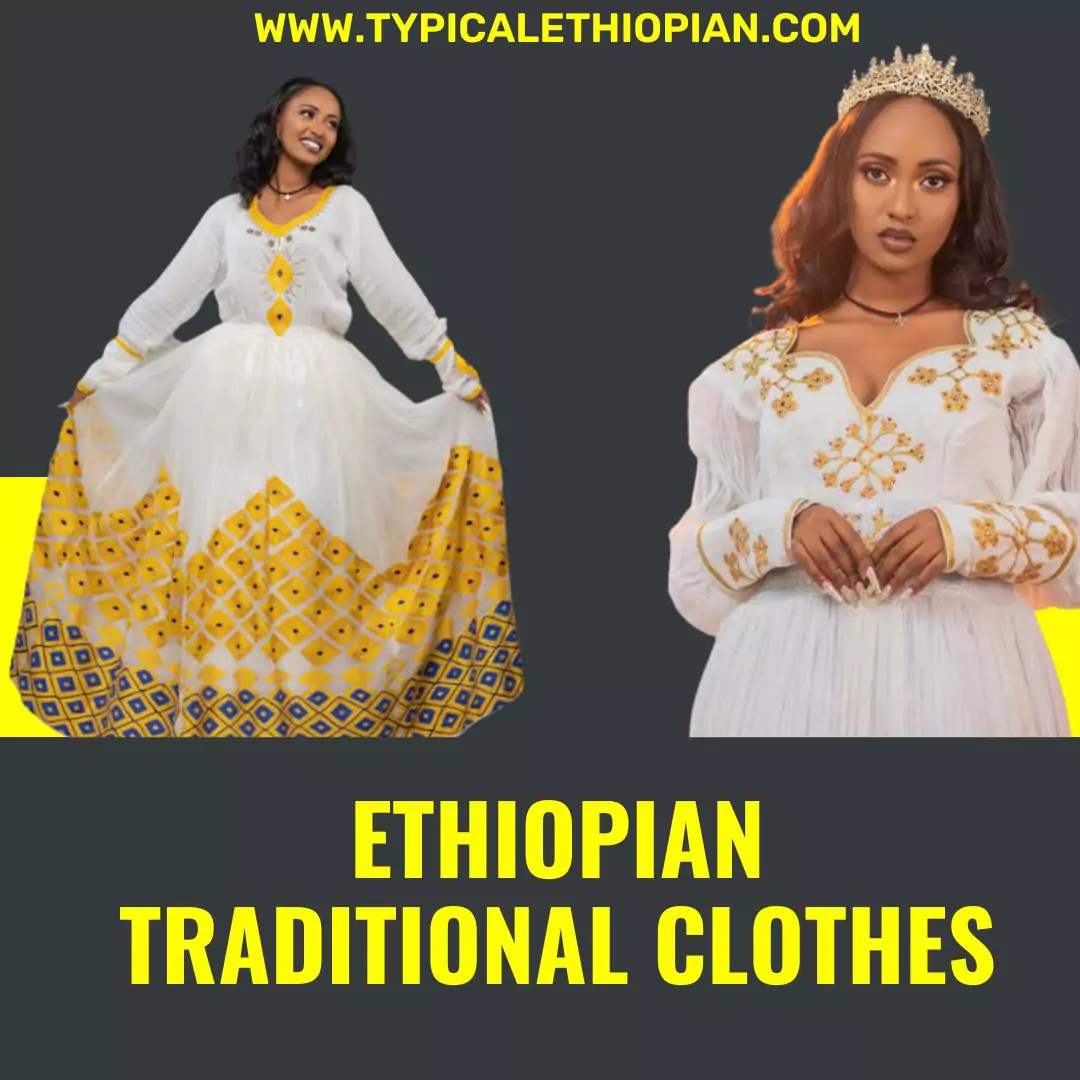
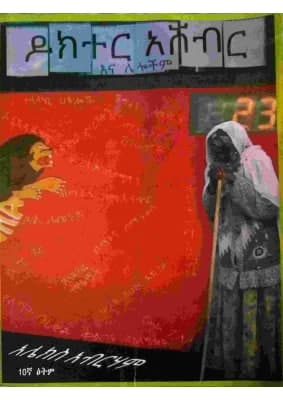
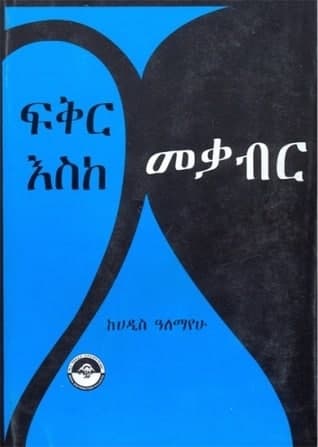
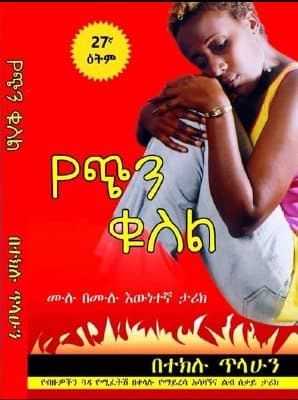
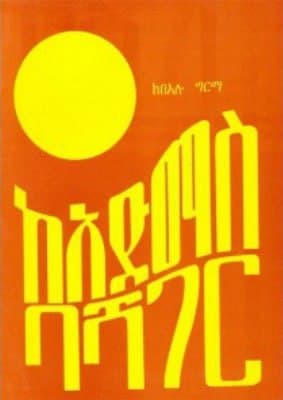
0 Comments
Trackbacks/Pingbacks